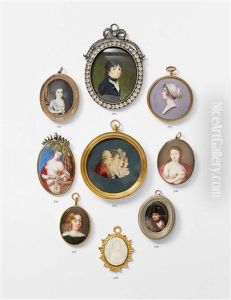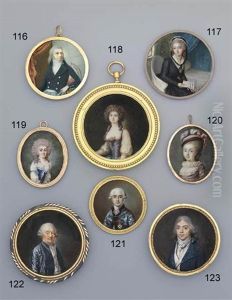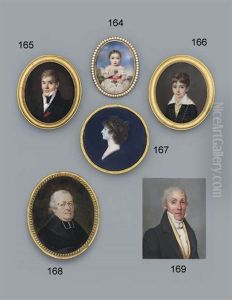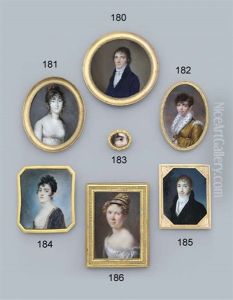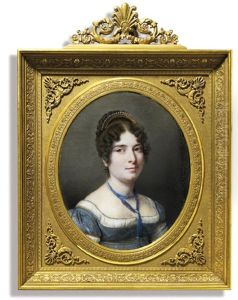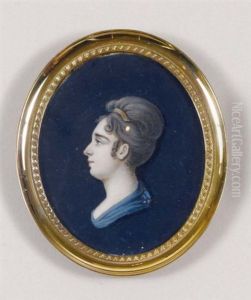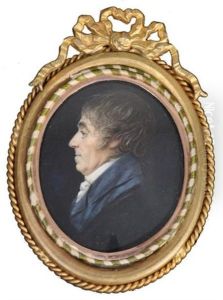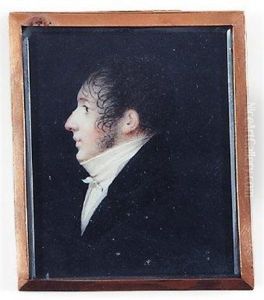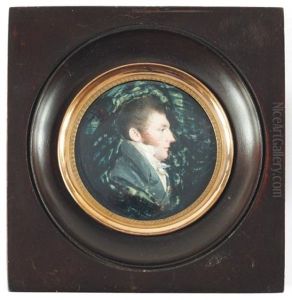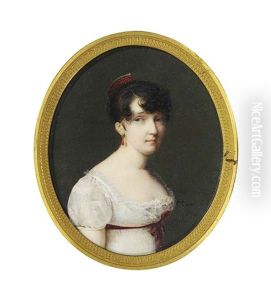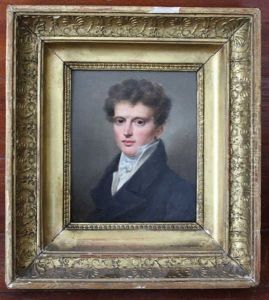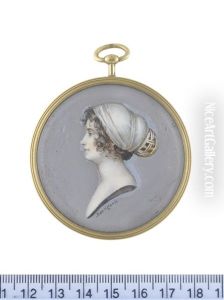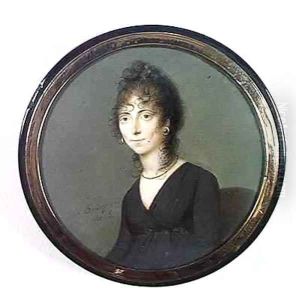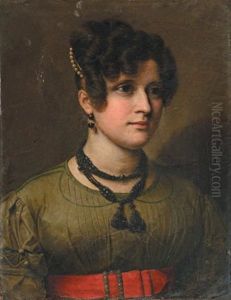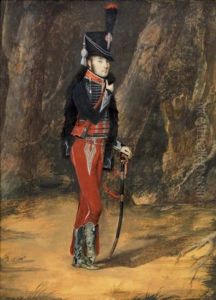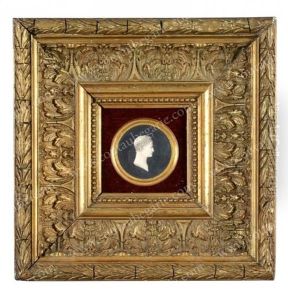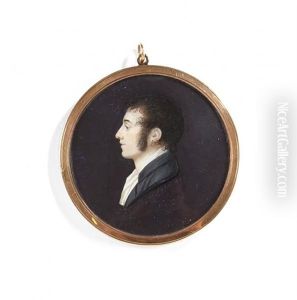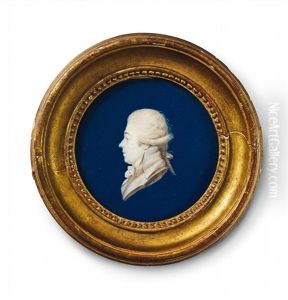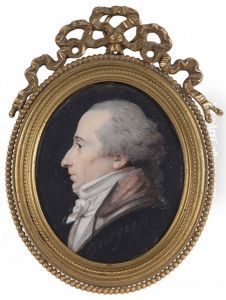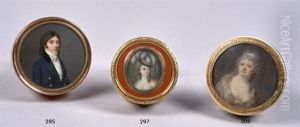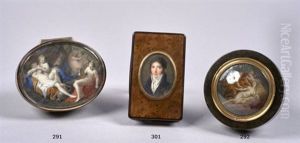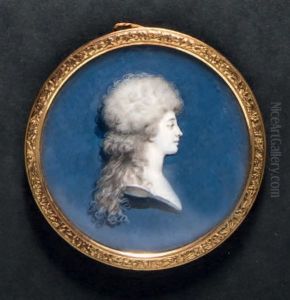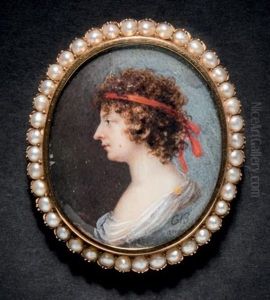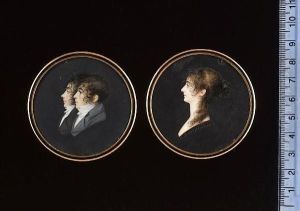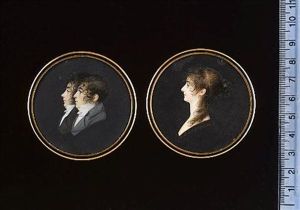-
$213.85
Charles Guillaume Alexandre Bourgeois Paintings
Charles Guillaume Alexandre Bourgeois was a multifaceted figure in the world of 18th and early 19th-century France, making significant contributions not only as a physicist and chemist but also as a notable painter. Born in Paris in 1759, Bourgeois navigated a period of immense social and scientific transformation, which influenced his diverse interests and accomplishments. His life spanned the tumultuous years of the French Revolution and the Napoleonic era, a period that saw profound changes in the political, scientific, and artistic landscapes of France.
Educated in both the sciences and the arts, Bourgeois was a man of enlightenment, embodying the era's ideal of a polymath. He pursued a career in medicine initially but was equally passionate about painting, studying art under the guidance of eminent painters of his time. This dual vocation allowed him to explore the interplay between light and color, which later influenced his scientific experiments. As a scientist, he made significant contributions to the development of optical instruments and is credited with improving the solar microscope and inventing an early version of the oxyhydrogen blowpipe, an apparatus that would later become crucial in the fields of chemistry and metallurgy.
Despite his scientific achievements, Bourgeois remained dedicated to his art, often blending his technical knowledge with his artistic endeavors. He was particularly interested in the effects of light and color, which is evident in his paintings. His works, though not as widely recognized as those of his contemporaries, showcase the precision and depth of his understanding of light, shadow, and perspective. Bourgeois was also an art collector and patron, amassing an impressive collection of works during his lifetime, which he bequeathed to the French state. This collection contributed to the enrichment of France's national art collections, underscoring his lasting impact on the arts.
Charles Guillaume Alexandre Bourgeois died in 1832, leaving behind a legacy that spanned the scientific and artistic fields. His life's work reflects the enlightenment's ideals of knowledge, progress, and the unity of different fields of study. Today, he is remembered not only for his contributions to the development of scientific apparatus and the study of optics but also as an artist who sought to understand and capture the nuances of light and color.
